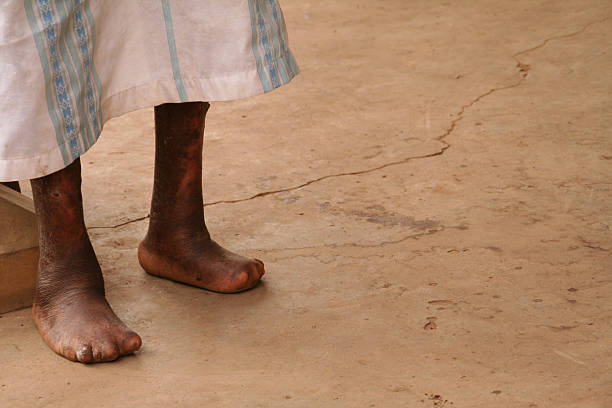About Leprosy
Leprosy, also known as Hansen's Disease, is caused by the bacterium Mycobacterium leprae. It primarily affects the nerves, skin, eyes, and nasal mucosa, potentially leading to loss of sensation and injuries. Transmission occurs through prolonged, close contact with an infected person, typically via respiratory droplets. Casual contact poses no risk. Diagnosis involves recognizing skin patches with altered sensation and can be confirmed through biopsies. Treatment involves a combination of antibiotics for several months to years, aiming to prevent further transmission. Although global efforts have reduced new cases, leprosy remains prevalent in over 120 countries, with Brazil, India, and Indonesia reporting the highest numbers. The World Health Organization aims for zero leprosy cases by 2030. In the United States, diagnosis is often delayed due to lack of awareness, with the National Hansen's Disease Program providing care, research, and education.

